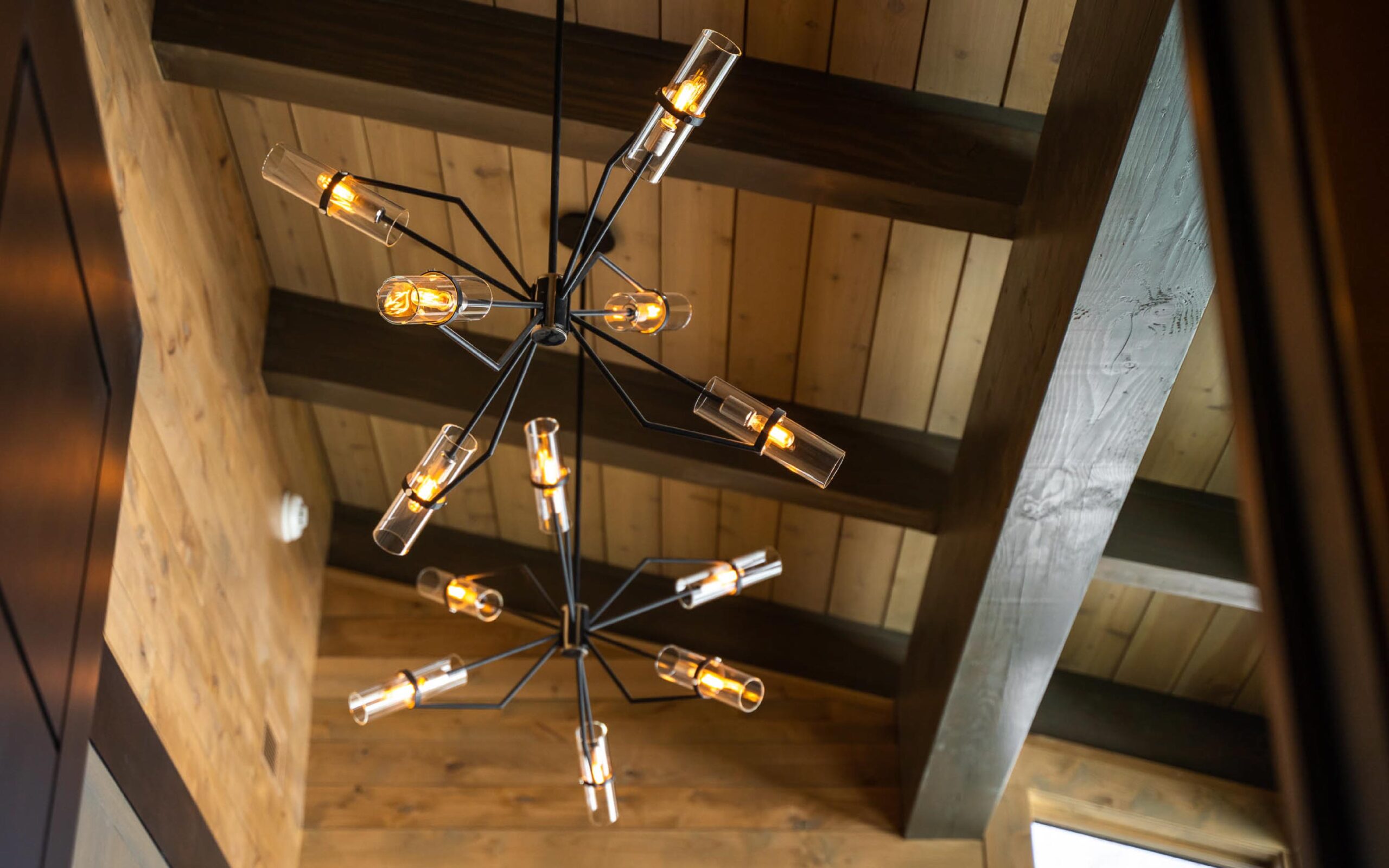Designing Interiors That Inspire
Every space has the potential to be extraordinary, but bringing that potential out requires the right designer—or, at least, the right interior design elements. Most homes and businesses struggle with interiors that feel uninspired, cramped, or void of character.
Bad lighting can make a space feel dull and lifeless, while the wrong textures or finishes can leave it sterile or uninviting. Spatial flow—how people naturally move through a room—can impact not only the aesthetics of a space but also its functionality and comfort. Together, these considerations can make or break your interior design.
Learning to Master the Core Interior Design Elements
Apart from picking out furniture or colors, exceptional interior design is really about harmonizing lighting, texture, and spatial flow to create an immersive experience—trust us, we know from experience.
After decades of designing and building in the Carolinas, VPC Builders has mastered the art of blending these interior design elements to elevate residential and commercial spaces alike. Today, we share that knowledge with you. Let’s explore how you can leverage interior design best practices to create beautiful, engaging, and functional spaces.
Masterful Lighting: Balancing the Natural & Artificial
Lighting is one of the most powerful tools in the designer’s toolkit, earning it an easy spot as one of the core interior design elements. Lighting influences mood, highlights architectural features, and affects how we perceive color and space.
Harnessing Natural Light
Natural light can transform a space, making it feel warmer, brighter, and more inviting. Large windows, skylights, and mirrors help maximize daylight, which reduces reliance on artificial lighting while enhancing the ambiance.
Sunlight is also known to influence mood and productivity, making it invaluable in homes and businesses alike. Even still, balance is essential—adjustable window treatments and frosted glass can prevent glare and overheating while still maintaining the level of brightness you depend on.
Layering Artificial Light
Artificial lighting should complement natural light while serving different purposes throughout the day. The key is layering different types of lighting:
- Ambient lighting (overhead fixtures, recessed lighting) provides general illumination.
- Task lighting (under-cabinet lights, desk lamps) ensures focused, functional brightness.
- Accent lighting (spotlights, wall sconces) highlights design features and adds depth.
For a truly dynamic space, try installing dimmable lights and smart lighting systems, which allow you to adjust brightness and even color temperature to set the tone of the space.
The Power of Texture: Elevating Interior Character
Texture is what makes an interior feel rich, layered, lived-in, and engaging. Each texture you implement carries personality traits—the smooth finish of polished marble, the rough charm of exposed brick, the softness of upholstered furniture. As with lighting, textures work best when elegantly balanced.
Mixing Materials for Cohesion
Great interior design balances a variety of materials to create contrast and interest:
- Natural materials like wood, stone, and leather convey warmth and authenticity.
- Metallic accents like brass, steel, and copper add a modern, sophisticated touch.
- Soft fabrics like velvet, linen, and wool introduce a sense of comfort and luxury.
Style-Defining Finishes
Texture doesn’t stop at materials. The type of finish on a material can completely change its tactile and visual aesthetic:
- Matte finishes create a subdued, elegant look that reduces harsh glare.
- Glossy finishes reflect light, making spaces feel more vibrant, open, and modern.
- Textured finishes (like distressed wood or patterned wallpaper) add character and dimension.
When selecting materials, it’s important to consider both visual appeal and practicality. As a rule of thumb, employ durable, easy-to-clean finishes in high-traffic areas and use softer, more tactile elements in cozy, intimate spaces.
Spatial Flow & Room Dynamics: Foundations of Functionality
Even the most beautifully lit and textured space can feel disjointed if the layout is improperly planned. Spatial flow determines how people move through a room, influencing everything from comfort to efficiency.
Creating a Sense of Openness
Effective rooms are those that feel intuitive to navigate—and that means avoiding cluttered layouts in favor of clear paths from one area to the next. High ceilings, open layouts, and minimalistic design choices enhance the sense of spaciousness, while thoughtful furniture placement prevents overcrowding. Mirrors, glass partitions, and light-colored walls can further amplify the effect, making rooms feel larger without having to break any drywall.
Designing for Purpose
Remember: different spaces require different spatial considerations. Layout, lighting, and materials should align with a space’s intended purpose—whether that’s fostering productivity, relaxation, or engagement. A restaurant may use warm lighting and rich textures for coziness, while an office might opt for bright lighting and an uncluttered layout for focus.
Master the Elements of Interior Design With VPC
There you have it: the three most basic interior design elements (lighting, texture, and space). Master these, and you’ll be well on your way to stunning results. Still, redesigning a space is no easy task for one person—you’ll need an experienced team to take your vision from concept to reality. Here at VPC Builders, we specialize in crafting interiors that balance lighting, texture, and space to produce visually striking and highly functional environments.
Ready to redesign? Let’s start a conversation. Contact VPC Builders today.

